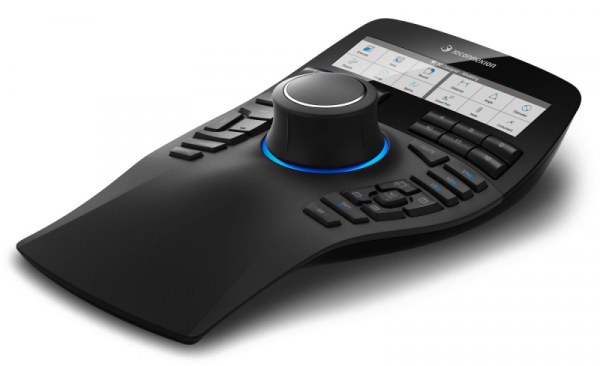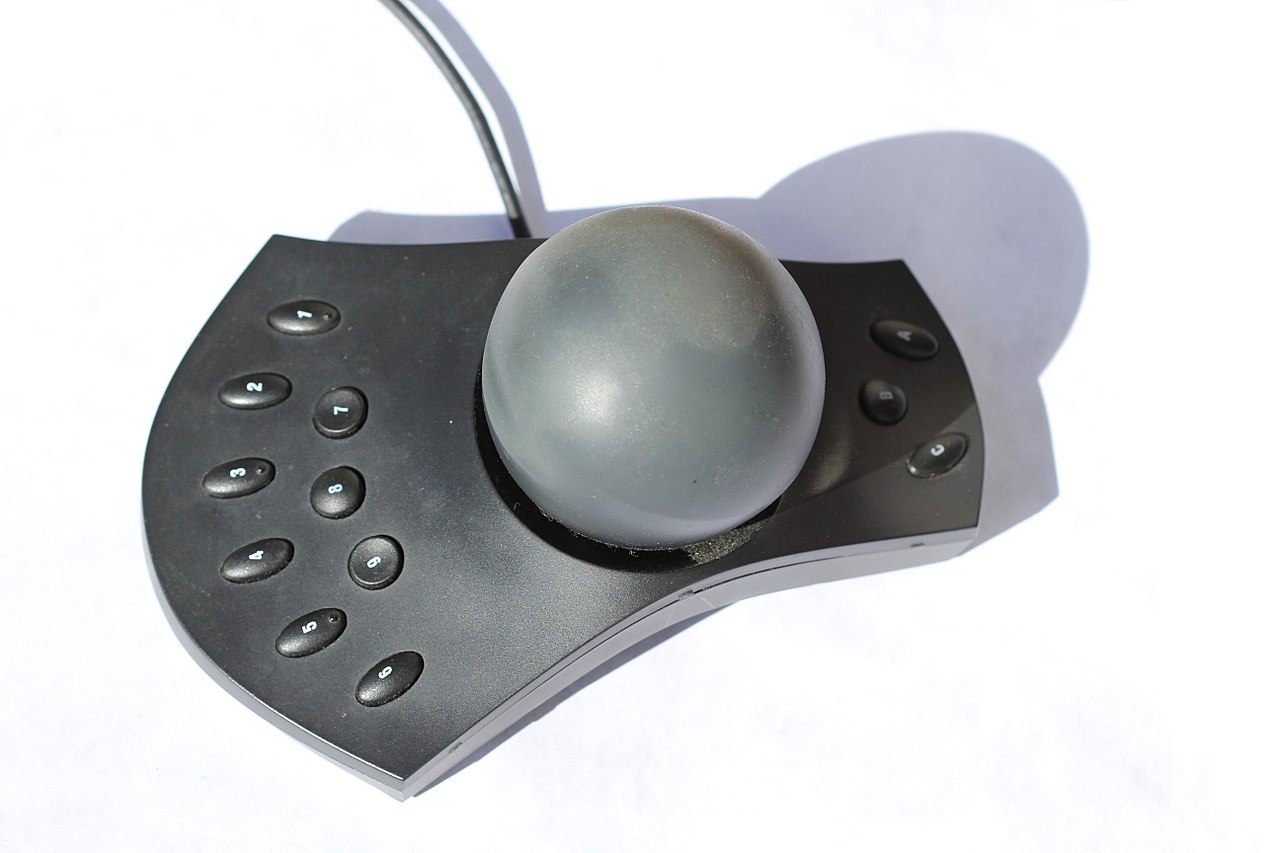

They give very good carrying capacity and are cheap, but tend to wear due to the differences in radial speed and friction which is higher than with ball bearings. Cylindrical thrust roller bearings consist of small cylindrical rollers arranged flat with their axes pointing to the axis of the bearing.Thrust ball bearings, composed of bearing balls supported in a ring, can be used in low thrust applications where there is little axial load.One specific thrust bearing in an automobile is the clutch "throw out" bearing, sometimes called the clutch release bearing. Thrust bearings are also used with radio antenna masts to reduce the load on an antenna rotator. Thrust bearings are used in cars because the forward gears in modern car gearboxes use helical gears which, while aiding in smoothness and noise reduction, cause axial forces that need to be dealt with. They are also used in the main and tail rotor blade grips of RC (radio controlled) helicopters.

Thrust bearings are commonly used in automotive, marine, and aerospace applications. This is used where very high speeds or very low drag is needed, for example the Zippe-type centrifuge. Magnetic bearings, where the axial thrust is supported on a magnetic field. Spherical roller thrust bearings offer the highest load rating density of all thrust bearings.įluid bearings, where the axial thrust is supported on a thin layer of pressurized liquid-these give low drag. They are often used together with radial spherical roller bearings. They can accommodate combined radial and axial loads and also accommodate misalignment of the shafts. Spherical roller thrust bearings use asymmetrical rollers of spherical shape, rolling inside a house washer with a raceway with spherical inner shape. They can support greater thrust loads than the ball type due to the larger contact area, but are more expensive to manufacture. These are the type most commonly used in automotive applications (to support the wheels of a motor car for example), where they are used in pairs to accommodate axial thrust in either direction, as well as radial loads.

The length of the roller and the diameter of the wide and the narrow ends and the angle of rollers need to be carefully calculated to provide the correct taper so that each end of the roller rolls smoothly on the bearing face without skidding. Tapered roller thrust bearings consist of small tapered rollers arranged so that their axes all converge at a point on the axis of the bearing. Thrust ball bearings, composed of bearing balls supported in a ring, can be used in low thrust applications where there is little axial load.Ĭylindrical thrust roller bearings consist of small cylindrical rollers arranged flat with their axes pointing to the axis of the bearing. Thrust bearings come in several varieties. Like other bearings they permit rotation between parts, but they are designed to support a predominately axial load. A thrust bearing is a particular type of rotary bearing.


 0 kommentar(er)
0 kommentar(er)
